The heart of the TeachingWorks strategy is to ensure that all teachers have the preparation and support necessary for responsible teaching. We focus on a core set of fundamental capabilities that we call “high-leverage practices.”

What elements of the work of teaching should novice teachers learn to enact?
High-leverage practices are the fundamentals of teaching. These practices are used constantly and are critical to helping students learn important content. The high-leverage practices are also central to supporting educators to identify, understand, and begin to disrupt patterns
of injustice in the classroom while reinforcing students’ social and emotional development through equity and inclusion.
These high-leverage practices are used with care and sensitive judgment across subject areas, grade levels, and contexts.
They are “high-leverage” not only because they matter to student learning but also because they are basic for developing capability in teaching.
Click below to learn more and explore each practice on the TeachingWorks Resource Library.
In a group discussion, the teacher and students work on specific content together, using one another’s ideas as resources. The purposes of a discussion are to build collective knowledge and capability in relation to specific instructional goals and to allow students to practice listening, speaking, interpreting, agreeing and disagreeing. The teacher and a wide range of students contribute orally, listen actively, and respond to and learn from others’ contributions. Teachers work to ensure students are positioned as competent among their peers, that patterns of interaction are respectful, and that the collective work of the group uses the strengths of and benefits each student.
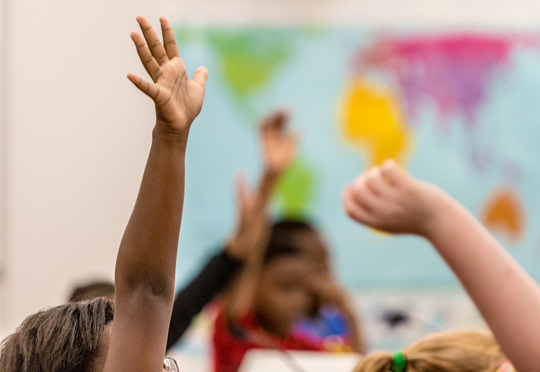
Explaining and modeling are practices for making a wide variety of topics, academic practices, and strategies explicit to students. Teachers determine when explaining or modeling can help to make visible to students content and practices that often remain tacit. Teachers might use simple explanations when working with straightforward content. They might choose modeling, which includes verbal explanation as well as thinking aloud and demonstrating when sharing the metacognitive process, to provide greater access to students about strategies and practices
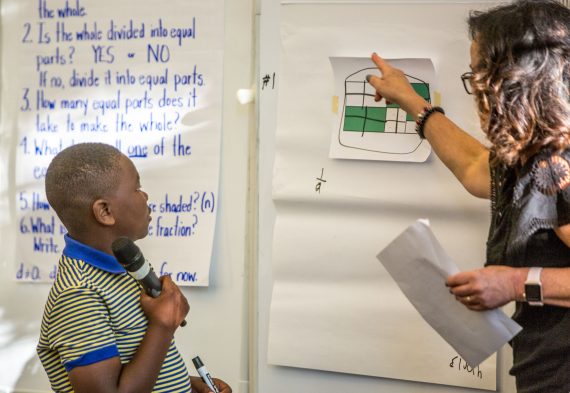
Teachers pose questions that create openings for students to share their thinking about specific academic content. They seek to understand student thinking, including novel points of view, new ideas, ways of thinking, or alternative conceptions. Teachers draw out student thinking through carefully chosen questions and tasks and attend closely to what students do and say. They consider and check alternative interpretations of student ideas and methods. Teachers are attentive to how students might hear their questions and to how students communicate their own thinking. Teachers use what they learn about students to guide instructional decisions, and to surface ideas that will benefit other students. By eliciting and interpreting student thinking, teachers position students as sense-makers and center their thinking as valuable.
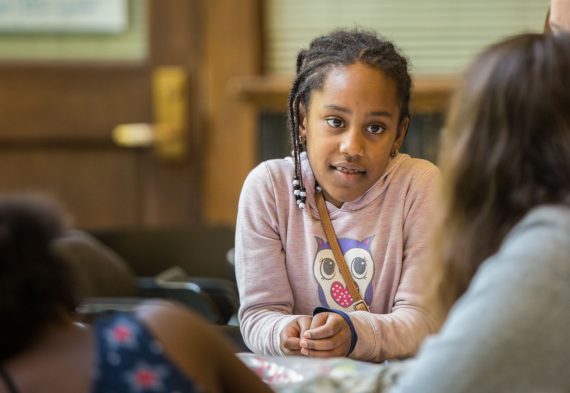
Although there are important individual and cultural differences among students, there can also be common patterns in how students think about and develop understanding and skill in relation to particular topics and problems. Teachers are familiar with common patterns of student thinking and development in each subject matter domain and are able to anticipate or identify these patterns in individuals and across the class. This helps teachers to work responsively as they plan and implement instruction and evaluate student learning.
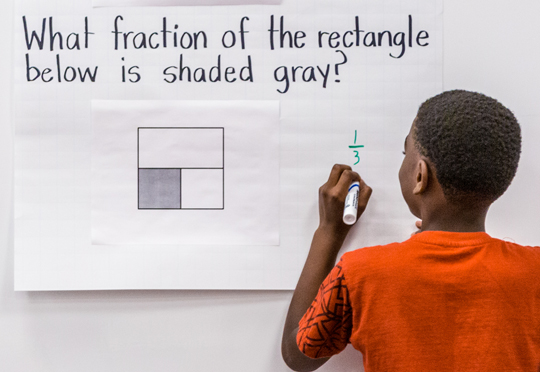
Every content area has norms and practices for how people construct and share knowledge. These norms and practices vary across subjects but often include establishing hypotheses, providing evidence for claims, and explaining one’s reasoning to others. Teaching students these norms and practices, showing why they are important, and providing opportunities to use them, is crucial for building understanding and capability in a given subject. Teachers name these norms and practices as students use them, and they provide scaffolds, model, and then offer opportunities for students to use the norms and practices.
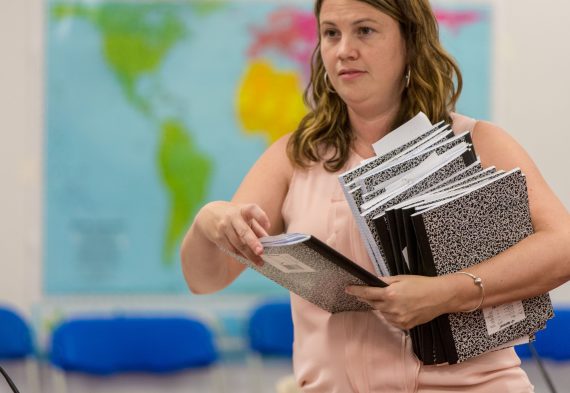
Teachers coordinate and adjust instruction during a lesson to maintain coherence, be responsive to students’ needs, and use time well. This includes explicitly connecting parts of the lesson, managing transitions carefully, and making changes to the plan in response to student progress. By coordinating and adjusting instruction, teachers are responsive to students’ understandings, identities, and experiences.
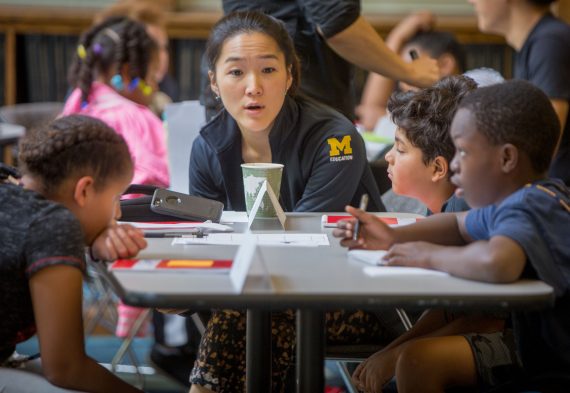
Teachers set and maintain community expectations and establish classroom environments that preserve students’ dignity and autonomy, while allowing for a productive and safe classroom community. They understand the difference between the helpful use of boundaries to provide structure and the oppressive use of power to control. They develop proactive and reactive systems to establish, maintain, and respond to these expectations and behaviors in ways that focus on both the community and students’ learning. Choosing and using expectations and agreements requires discretion because many common expectations for behavior privilege dominant ways of being related to race, class, and gender and lead to harmful consequences for students.
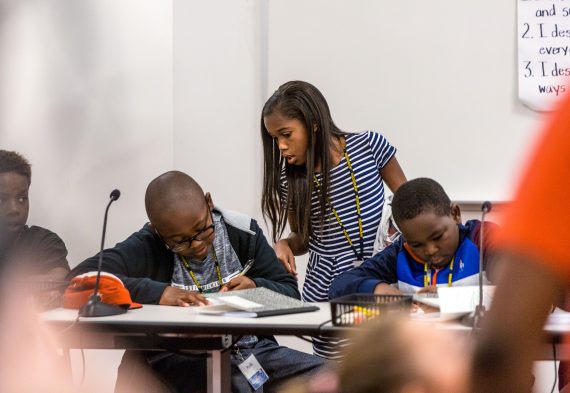
Teachers organize time, space, and materials to support students to engage in the regular tasks of classroom life. Through the selection and use of organizational routines, teachers establish learning environments in which students have equitable access to resources, time, space, and voice in the classroom. Teachers introduce students to routines and provide opportunities to practice, analyze, and modify the routines. In some cases, they develop and enact routines collaboratively with students. Choosing and using routines requires discretion because many routines silence and marginalize some students and propagate dominant ways of being related to race, class, and gender.
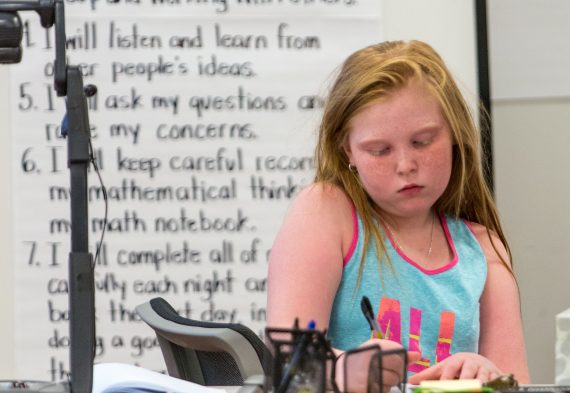
Teachers use small group work when the learning goals profit from interaction and collaboration among students. To do this, they choose tasks that require and foster collaborative work, provide clear directions that enable groups to work independently, and hold students accountable for collective and individual learning. Teachers use their own time strategically, deliberately choosing which groups to work with, when, and on what. Teachers work to ensure students are positioned as competent among their peers, that patterns of interaction are respectful, and that the collective work of the group uses the strengths of and benefits each student.
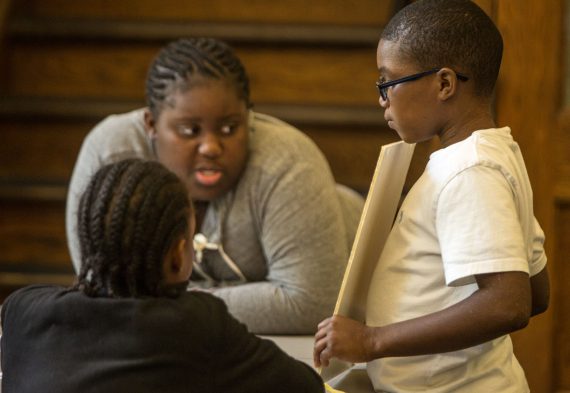
Teachers intentionally build and sustain respectful relationships with students in the classroom. Teachers who form strong and connected relationships with students are able to work collaboratively with them and manage power dynamics in ways that increase student participation, engagement, and achievement. Respectful teacher-student relationships are characterized by trust, care, joy, and appreciation of students’ cultures and communities. Teachers develop their relationships in all aspects of their teaching, including small conversations with individuals, notes to students, nonverbal signals, and how they respond to and acknowledge students during lessons.
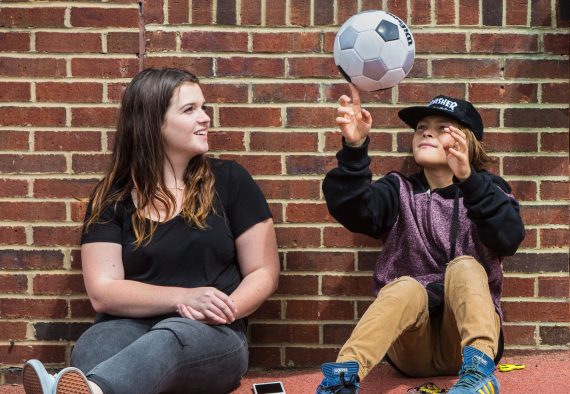
Careful and sensitive communication between teachers and families supports student learning. Teachers communicate with families to learn more about children from the people who know them best. Teachers share information about children’s activities, learning, and development. Teachers seek ways to partner with families. Communication may take place in person, in writing, or in phone calls. Every conversation with a family is an opportunity for the teacher to communicate a respectful, open attitude and create a space for a two-way conversation. Teachers must be attentive to considerations of language and culture, caring and valuing of families, and oriented to working with families to support children.
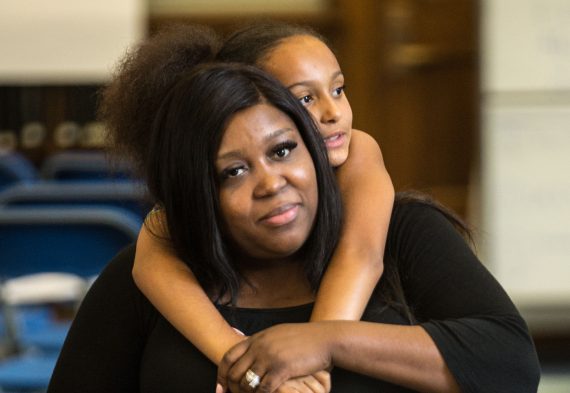
Teachers must actively learn about their particular students in order to design instruction that will meet their needs. This includes being deliberate about trying to understand the cultural norms for communicating and collaborating that prevail in particular communities, how cultural and religious views affect what is considered appropriate in school, and the topics and issues that interest individual students and groups of students. It also means being sensitive about what might be happening in students’ personal lives so as to be able to support students appropriately.
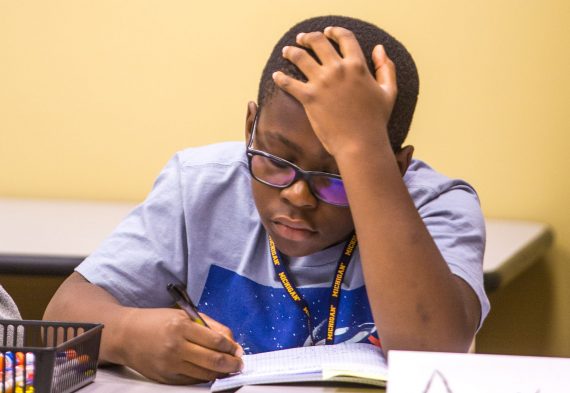
Clear goals referenced to external standards help teachers ensure that all students learn expected content. Explicit goals help teachers to maintain coherent, purposeful, and equitable instruction over time. Setting effective goals involves analysis of student knowledge and skills in relation to established standards and careful efforts to establish and sequence interim benchmarks that will help ensure steady progress toward larger goals. Teachers set both short-term and long-term goals.
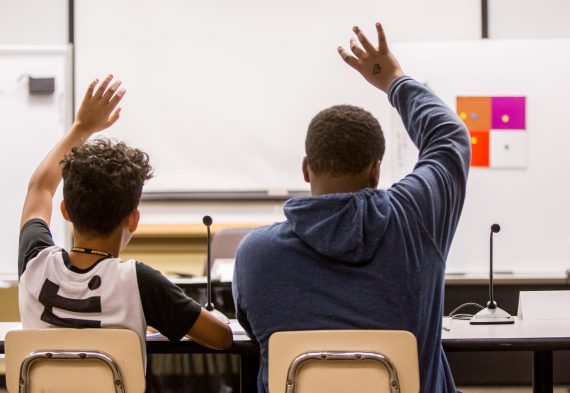
Carefully sequenced lessons help students develop deep understanding of content and capability with skills and practices. Teachers design lessons to provide opportunities for student inquiry and discovery as well as for practice with foundational concepts and skills. Effectively designed lessons maintain a coherent focus while keeping students engaged. They also help students connect how what they are learning contributes to their long-term learning goals.
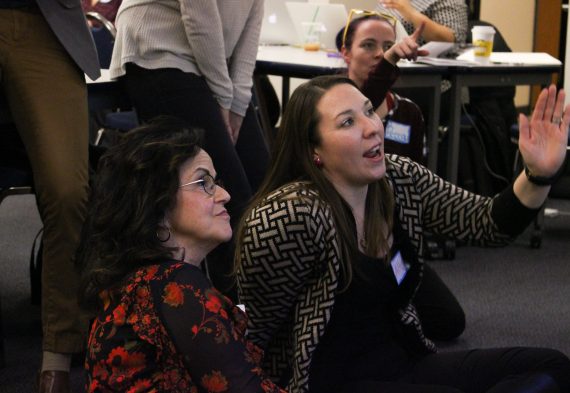
Teachers use a variety of deliberate methods to assess what students are learning during and between lessons. These include simple questions, short performance tasks, journal or notebook entries, surveys, or end-of-class “exit tickets.” These frequent checks provide information about students’ current understandings and help the teacher adjust instruction during a single lesson or from one lesson to the next. Checks for understandings should account for both procedural and conceptual understandings and disciplinary practices and should value multiple, diverse expressions of what counts as “knowing.” The practice of checking for understanding is closely related to both coordinating and adjusting instruction and selecting and designing formal assessments.
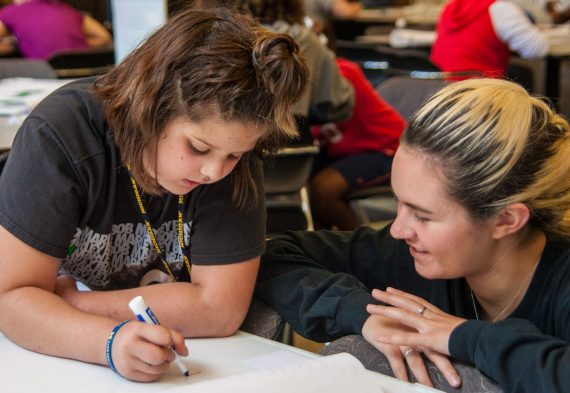
Effective formal assessments are used at the end of a unit of learning. They provide teachers with information about what students have learned. In composing and selecting assessments, teachers consider fairness and efficiency as well as alignment to the learning goals for the period of instruction. Effective summative assessments provide both students and teachers with useful information and help teachers evaluate and design further instruction.
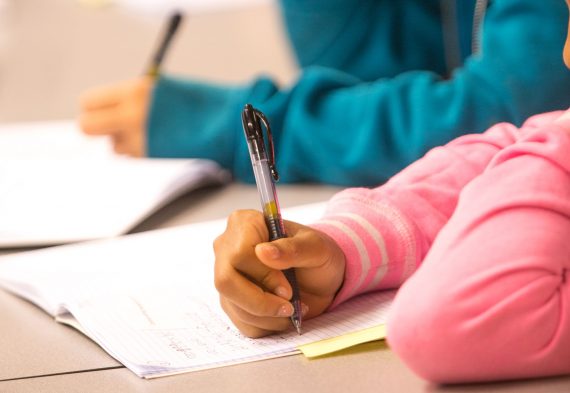
Teachers analyze students’ work, including classwork, homework, and assessments. They look for students’ conceptions, strengths, and patterns to guide their efforts to support students’ growth, both individually and as a group. Teachers determine and apply criteria to student work, making and checking inferences about what students know and can do. Careful analysis of student work can combat narrow interpretations about students’ capabilities and move teachers beyond evaluating or grading without considering broader patterns of student understanding and performance. This practice is intertwined with assessment practices as well as eliciting and interpreting student thinking, checking for student understanding, providing feedback, and analyzing instruction.
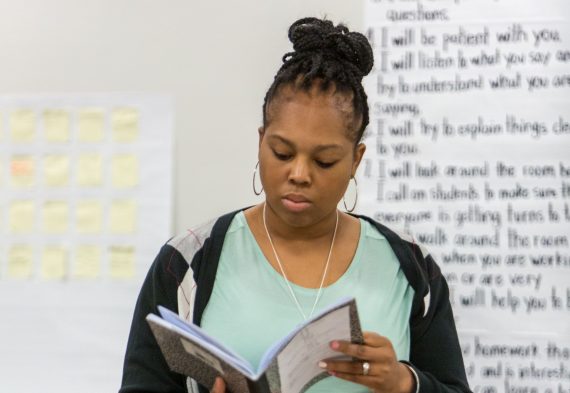
Feedback supports learning by focusing students’ attention on specific aspects of their work and supporting their ongoing learning. Good feedback is specific, focused, and not overwhelming in scope, and supports students’ positive perceptions of their own capability. Giving skillful feedback requires the teacher to make strategic choices about the frequency, method, and content of feedback and to communicate in ways that are understandable by students. Feedback can be provided in many forms, including written and oral and these each require consideration of how the mode of communication might shape students’ experience of the feedback.
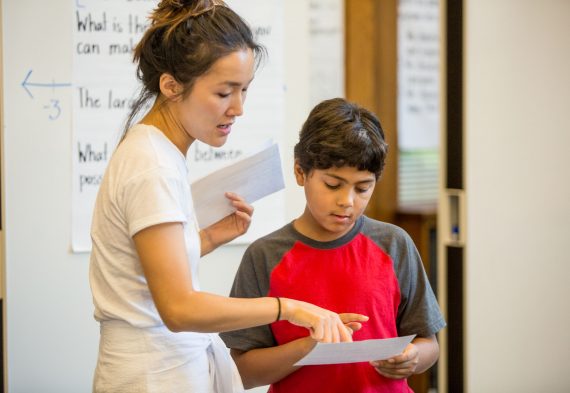
Learning to teach and continuing to improve requires regular analysis of instruction and its effectiveness. Teachers study their own teaching and that of their colleagues in order to improve their practice. Analyzing instruction may take place individually or with colleagues and involves identifying patterns, opportunities, and specific moves, and making hypotheses for how to improve. Reflective teachers ask themselves continuously how they might be contributing to the perpetuation of racism and oppression through specific actions or failures to act and seek out resources to support these reflections, including colleagues with similar goals. They pay close attention to and study their students’ contributions, work, and engagement, and challenge themselves to see and understand more, and to consider how their own actions are supporting or impeding their students to flourish. They systematically interrogate their underlying assumptions and seek to develop new instructional habits and strategies that support students to thrive.
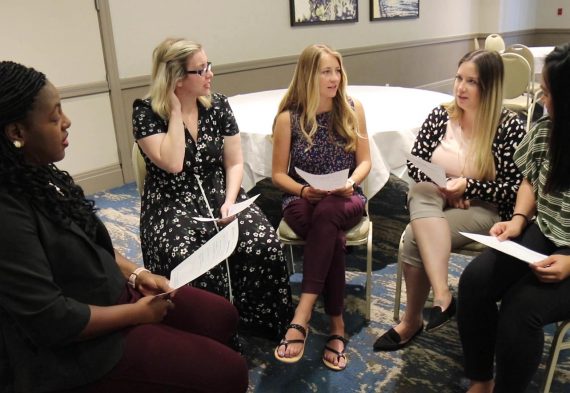

© 2025 TeachingWorks. All Righst Reserved.